Pensive young woman, circa 1920-30
Pen and ink, pink colored pencil on paper
Bear the stamp of the Karl Hubbuch estate on the top left
37.5 x 36.5 cm
Sold unframed, in a master key
German artist, figure of the New Objectivity, Karl Hubbuch was born in Karlsruhe in 1891. He received his first artistic training at the Academy of Fine Arts in 1908 where he befriended Georg Scholz and Rudolf Schlichter. He moved to Berlin in 1912 and joined the Institute of Applied Arts (Kunstgewerbeschulen) in the studio of Emil Orlik (1870-1932) alongside his comrade George Grosz. Mobilized during the First World War, he spent some time in convalescence before being offered a position as an assistant lithographer at the Academy of Fine Arts in his hometown. Very involved, he was appointed drawing teacher then director of the painting class in 1928. Ranked among the “degenerates”, he was dismissed from his post in 1933 by the Nazi regime before teaching again after the Second World War.
In the 1920s, the young artist frequented groups of artists linked to the revolutionary left politically committed against the Weimar Republic such as the Novembergruppe or the Rote Gruppe. In 1925, he took part in the historic exhibition Neue sachlichkeit (New objectivity) organized at the Kunsthalle in Mannheim by Gustav Friedrich Hartlaub. The latter brought together a heterogeneous group of around thirty artists, including Otto Dix and Max Beckmann.
The drawings of New Objectivity artists, whose aesthetics are partly based on the power of the line, seem to concentrate the very essence of their art. A prolific draftsman and engraver, Karl Hubbuch produces a satirical work tinged with social and political criticism in a realistic style revealing a precise sense of detail and physiognomy. It focuses on recurring themes borrowed from daily reality which relate mainly to the opposition between the bourgeois world and the rural world as well as the image of women.
Karl Hubbuch's manner is marked by an incisive, concise line, which is often due to the brutal observation. The figure study that we propose, sketched in a few lines, highlights a precise body language and manages to capture a certain sensuality close to life. We find the use of colored pencils in some of the artist's drawings as is the case for our sheet where a discreet touch of pink colored pencil underlines the lips of the model. © A. BIOT






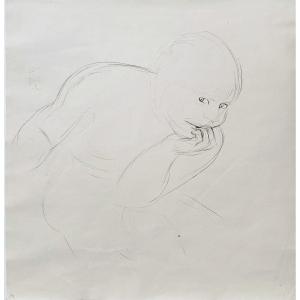




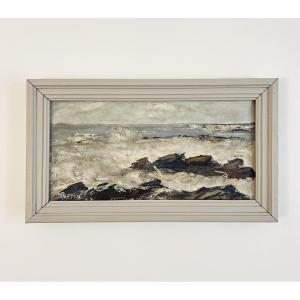
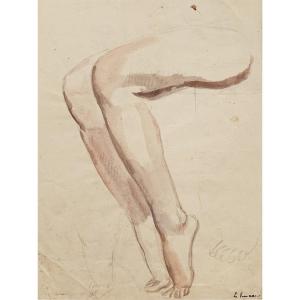
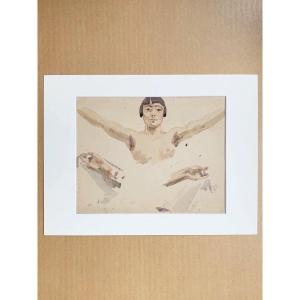
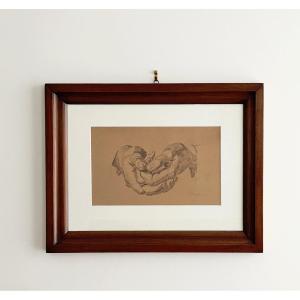

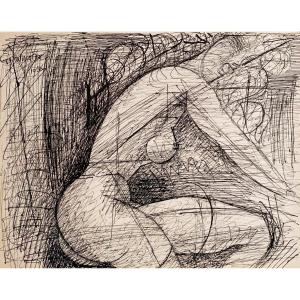

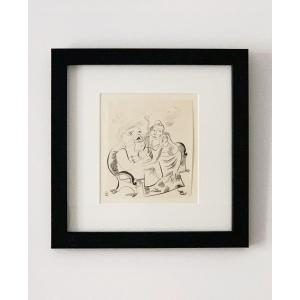


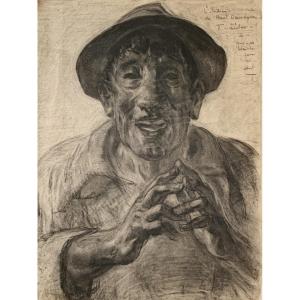






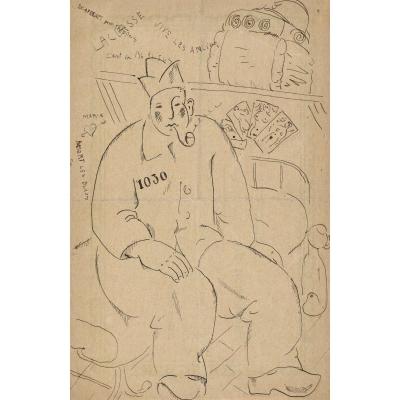





 Le Magazine de PROANTIC
Le Magazine de PROANTIC TRÉSORS Magazine
TRÉSORS Magazine Rivista Artiquariato
Rivista Artiquariato